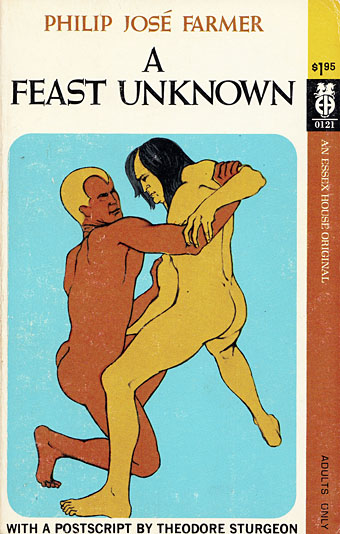
I’ve known the name of American publisher Essex House for many years but the books they published, all of which appeared in a frenzy of activity from 1968 to 1969, have never been easy to find in the UK. The company is chiefly of note today for having three original Philip José Farmer novels on their list, all works of fantasy with the erotic side more dominant than in Farmer’s previous work. Erotic fiction with a generic slant was the Essex House speciality, and while the Farmer covers have appeared here before, I’d not seen any other Essex House covers until the discovery of this page which collects 38 of the 42 published titles.
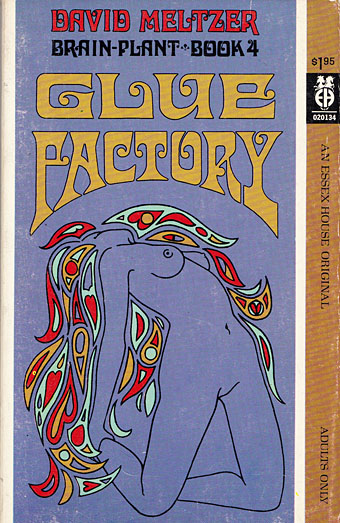
It’s immediately evident looking down the list that the (uncredited) designer managed to forge a distinctive identity for the books at a time when any cover would suffice if the written material was sufficiently pornographic. Many of the covers borrow (or mutate) pre-existing artworks, while others emulate the watered-down psychedelic style that by the late 60s was visible everywhere in the US and much of Europe. These aren’t all great pieces of design but the graphics on erotic titles in the 60s either played safe by favouring text-only covers or sported technically crude emulations of paperback illustration. (For an example of just how technically crude, see this post about some of the many gay pulps on sale in the US.)
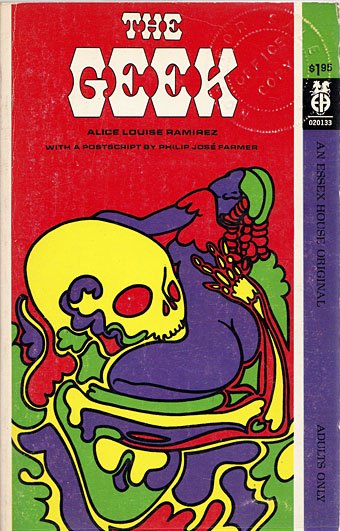
Essex House may not have been around for long but they seemed to be attempting something different, at least where the covers were concerned. I’ve only read the Farmer books so I can’t vouch for the other titles but the Encyclopedia of Science Fiction writes that
…about half the 42 titles published by Essex House were sf/fantasy; they included novels by Philip José Farmer, Richard E Geis, David Meltzer (perhaps the most distinguished), Michael Perkins and Hank Stine…of which a number were ambitious, some literary, and most somewhat joyless—even emetic—and redolent of 1960s radicalism.
Pornography as a tool of radical politics had a brief vogue in the late 60s and early 70s, something that’s particularly evident in the underground magazines of the period. The results may be “joyless” to some but then I find a lot of the alleged classics of science fiction joyless so it’s all a matter of taste. There was no equivalent of Essex House in the UK but in the 1970s France had the Chute Libre imprint which not only published all of the Essex House Farmer titles but did so with a collection of equally striking (or “joyless”) cover designs.
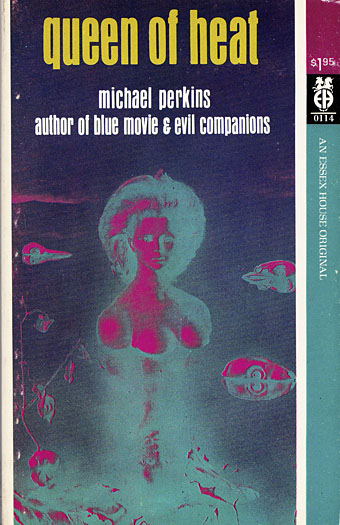
Artwork is a solarised version of Le Bout du monde (1949) by Leonor Fini.
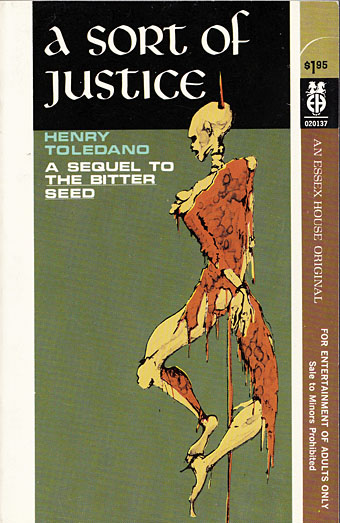
Artwork: Detail from the Juliette (1965) series by Leonor Fini.
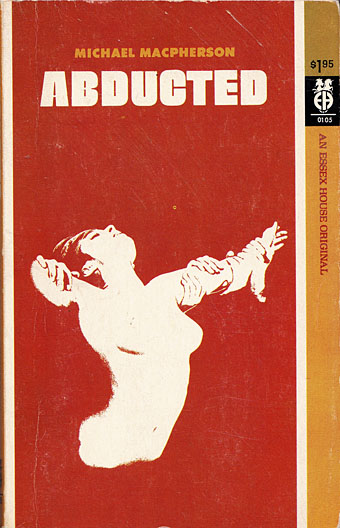
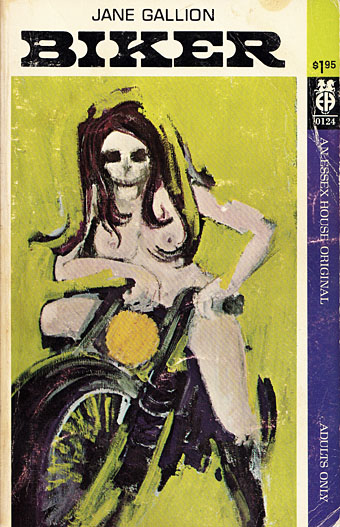
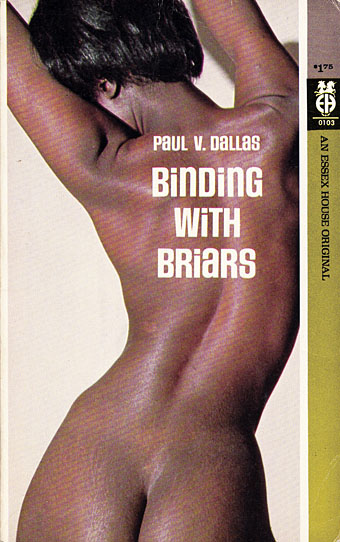
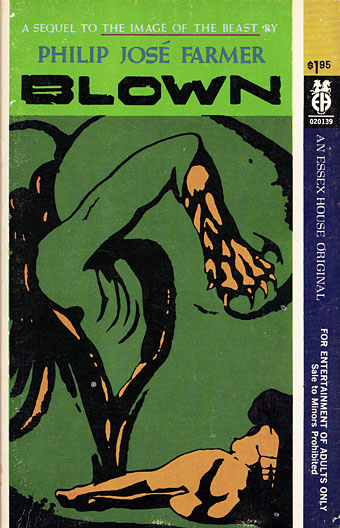
Artwork adapted from Geopoliticus Child Watching the Birth of the New Man (1943) by Salvador Dalí.
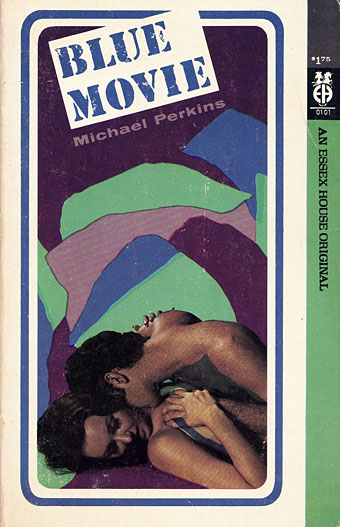
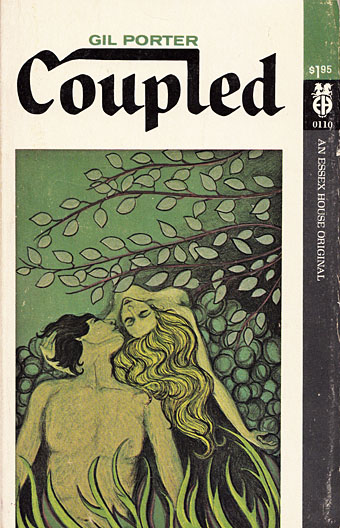
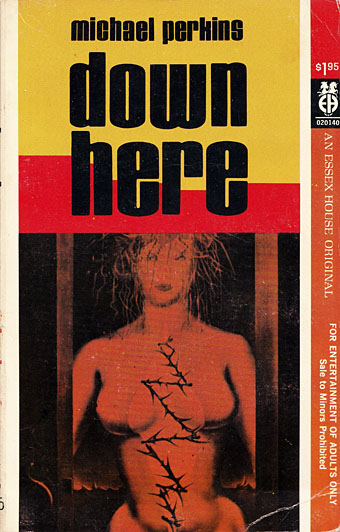
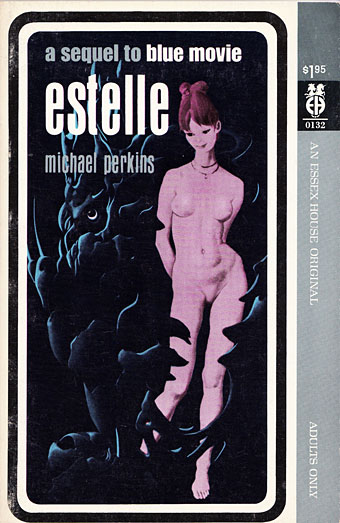
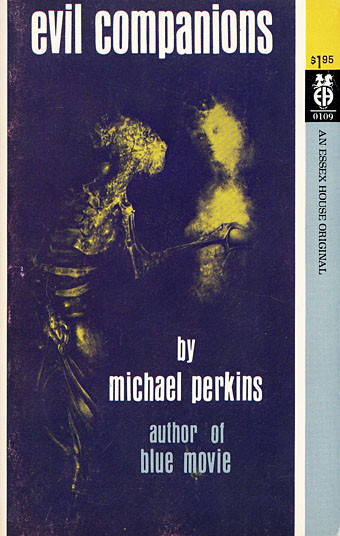
Artwork: L’amour sans condition (1958) by Leonor Fini.
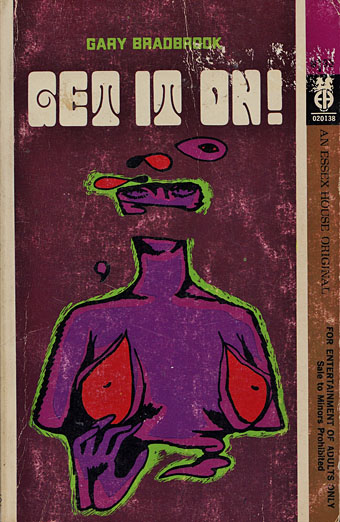
Artwork adapted from Felix Labisse.
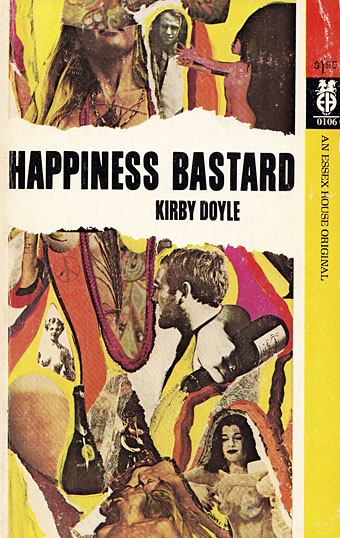
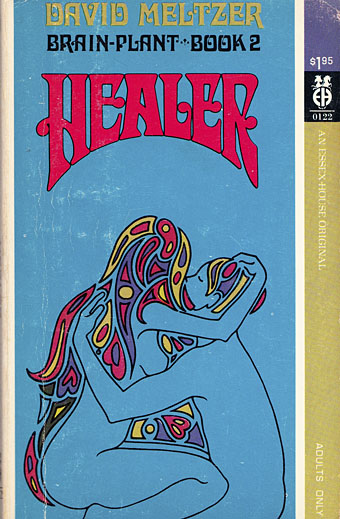
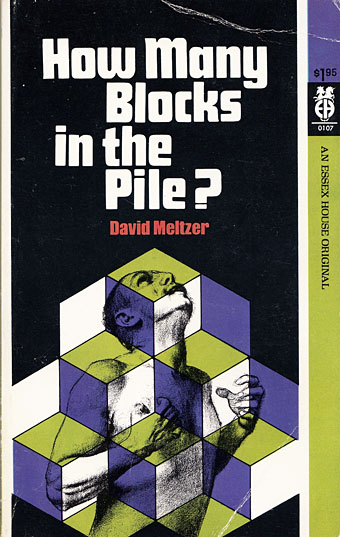
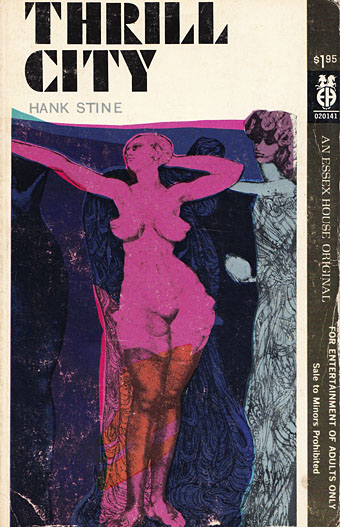
Artwork by Ernst Fuchs.
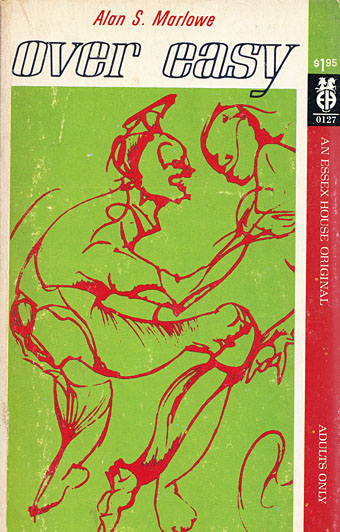
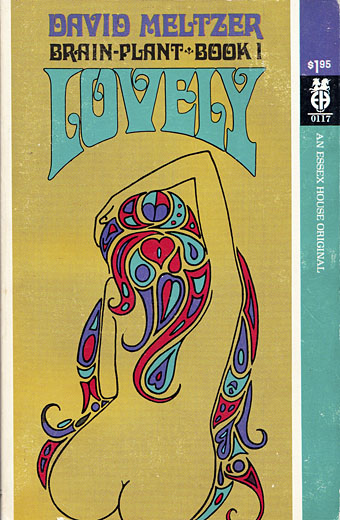
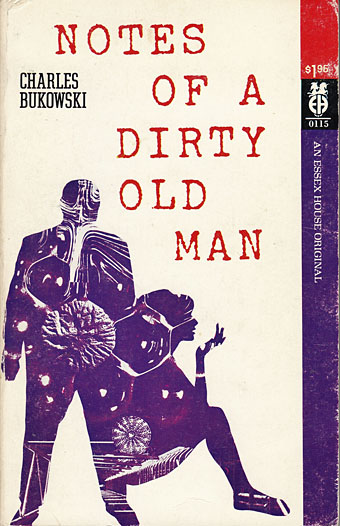
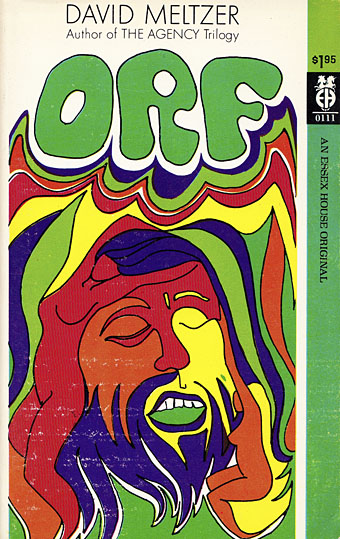
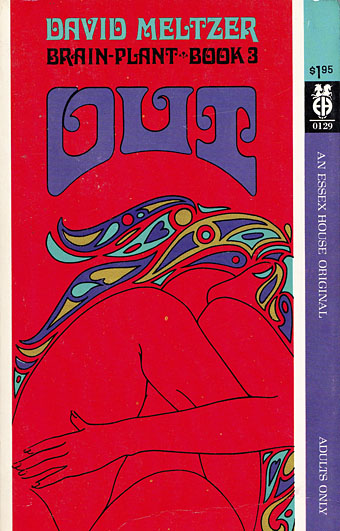
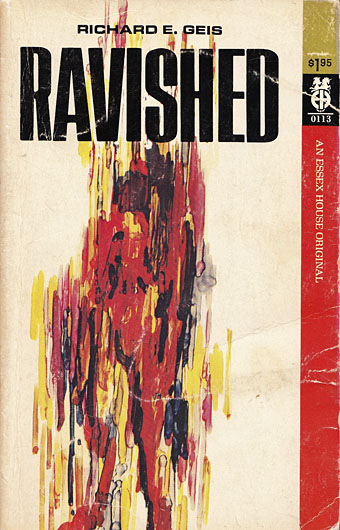
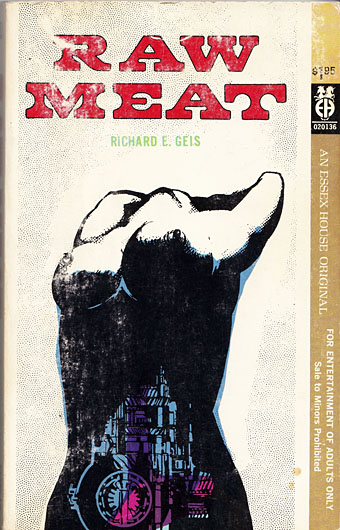
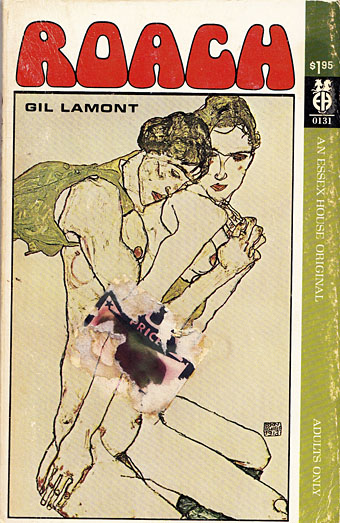
Artwork: Freundschaft (1913) by Egon Schiele.
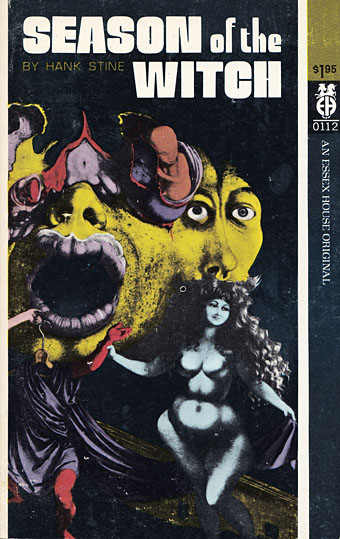
Artwork: Detail from Die Arche des Odysseus (1948–1956) by Rudolf Hausner.
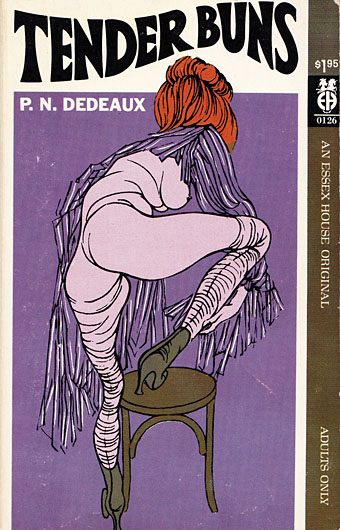
Artwork after Hans Bellmer.
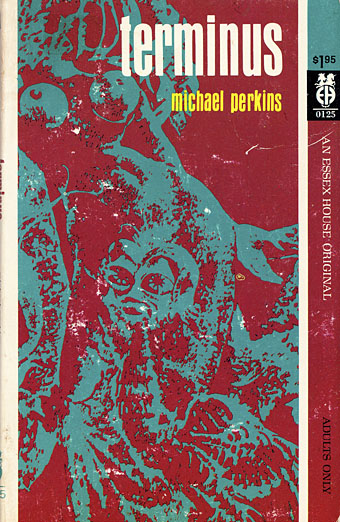
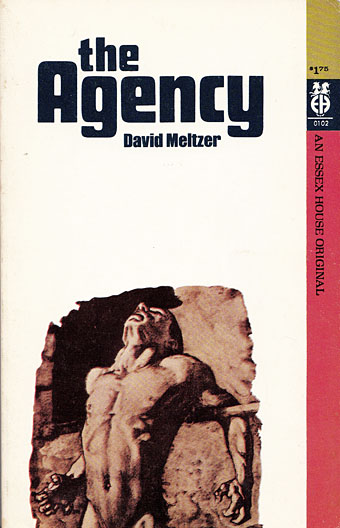
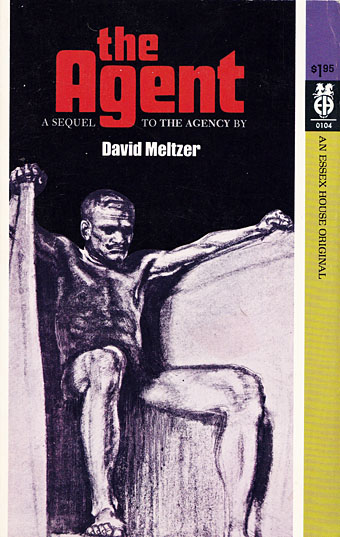
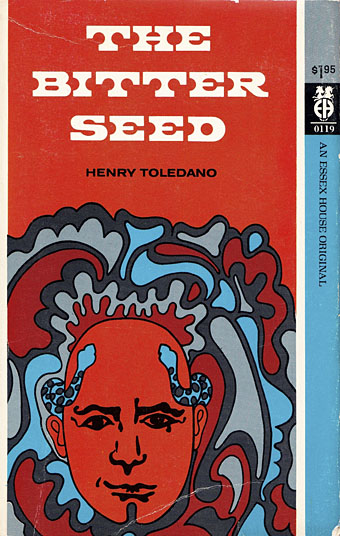
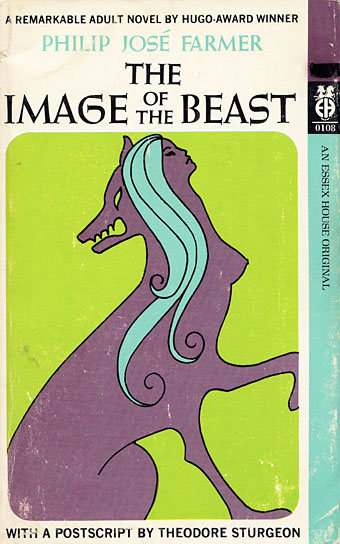
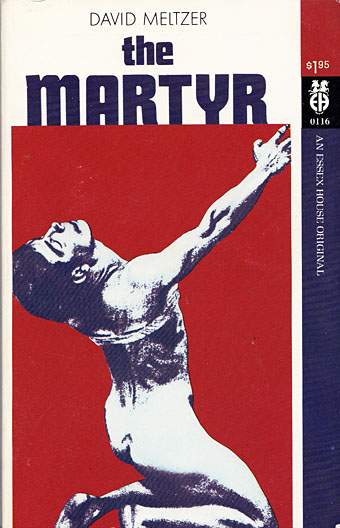
Artwork adapted from The Kiss of the Sphinx (1895) by Franz von Stuck.
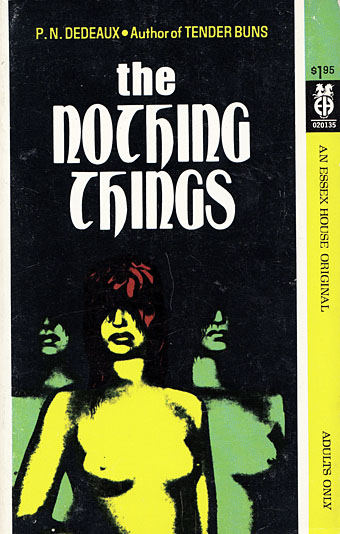
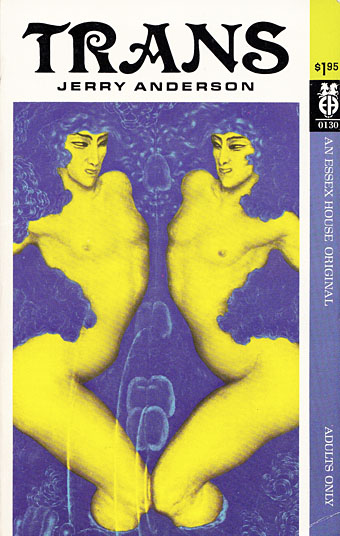
Artwork: (Self-Portrait as) Narcissus (1922) by Nikolai Kalmakov.
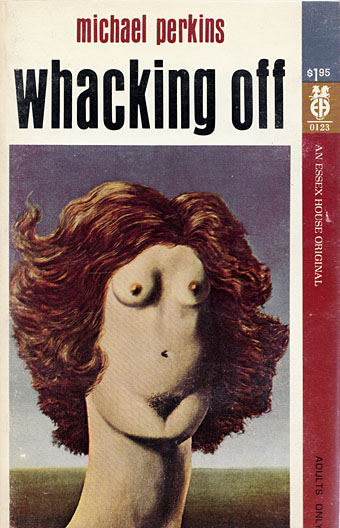
Artwork: The Rape (1945) by René Magritte.
Update: Added more artwork credits. Thanks to Paul for the details!
Elsewhere on { feuilleton }
• The book covers archive
Previously on { feuilleton }
• In Homage to Priapus
• Chute Libre science fiction
• Philip José Farmer book covers

Lurid, yet gorgeous in their way. Only possible in the 60s (*sigh*).
Beautiful high quality paperbacks on good paper stock. I recall my early visits to Compendium, the best bookshop London ever had, in Camden, which had a huge collection of their titles at the then vast price of 19/6d each. Bought, over a period of time, a fair old number which I still have. The covers were remarkable…
A large number of them had interesting postscripts by leading SF writers of the day…. .
Chazza: I’m not surprised that Compendium had them. Only visited that shop the once since it was a bit out of the way.
For those curious about the price in the above comment, UK paperbacks in 1970 cost about 4/- or 5/- (shillings) which would be 20p or 25p. 19/6 is almost £1. As for the prices today, Abe.com has several copies of the Bukowski title at around £300 while the Farmer books are going for £100 each.
LOVE the cover for A SORT OF JUSTICE (being a joyless sort ;D. I’m having a Mirbeau/TORTURE GARDEN moment…)
*Interesting* other books by author Henry Toledano
>http://www.bookthink.com/0062/62tol1.htm
and love the cover for JEAN MARIE (formerly HANK) Stine’s SEASON THE WITCH–who is also really interesting
>https://en.wikipedia.org/wiki/Jean_Marie_Stine
The cover of Trans, by Jerry Anderson is by Nikolai Kalmakov “Self portrait as Narcissus”
The cover of Evil Companions is by Leonor Fini “L’amour sans condition”
The cover of Thrill City is an etching by Ernst Fuchs that was on the cover of a book of his graphic work.
The cover of Get it On is redrawn from paintings by Felix Labisse, “Nude in Red” and another painting also with breasts and vertical slits in fabric.
Tender Buns cover is redrawn from a Bellmer.
The cover for Hank Stine Season of the Witch is a detail of a painting by Rudolf Hausner, “Die Arche des Odysseus” (Odysseus Ark) 1948- 51, but the image has been reversed and colours added to a black and white reproduction.
And the cover of A Sort of Justice is half of a Leonor Fini illustration to Juliette, De Sade, with added colour.
Thanks for that, Paul, I’ve amended the post. A couple of the pictures were naggingly familiar–the Kalmakov one especially–but I didn’t want to spend hours scrolling through Google Images. The Hausner one is actually on a post here from 2007 (albeit at very small size) but I didn’t remember it.
Some of the other artwork can probably be identified. The Estelle cover is another borrowing, so too The Agent which I think is a German Symbolist piece. I have a feeling that some of these pictures might have been swiped from back issues of Plexus, the French erotic magazine that ran a lot of this type of art. Plexus launched in 1966, and would certainly have been known to the Essex House people.
Third image down (“The Geek” is adapted from another Bellmer image.